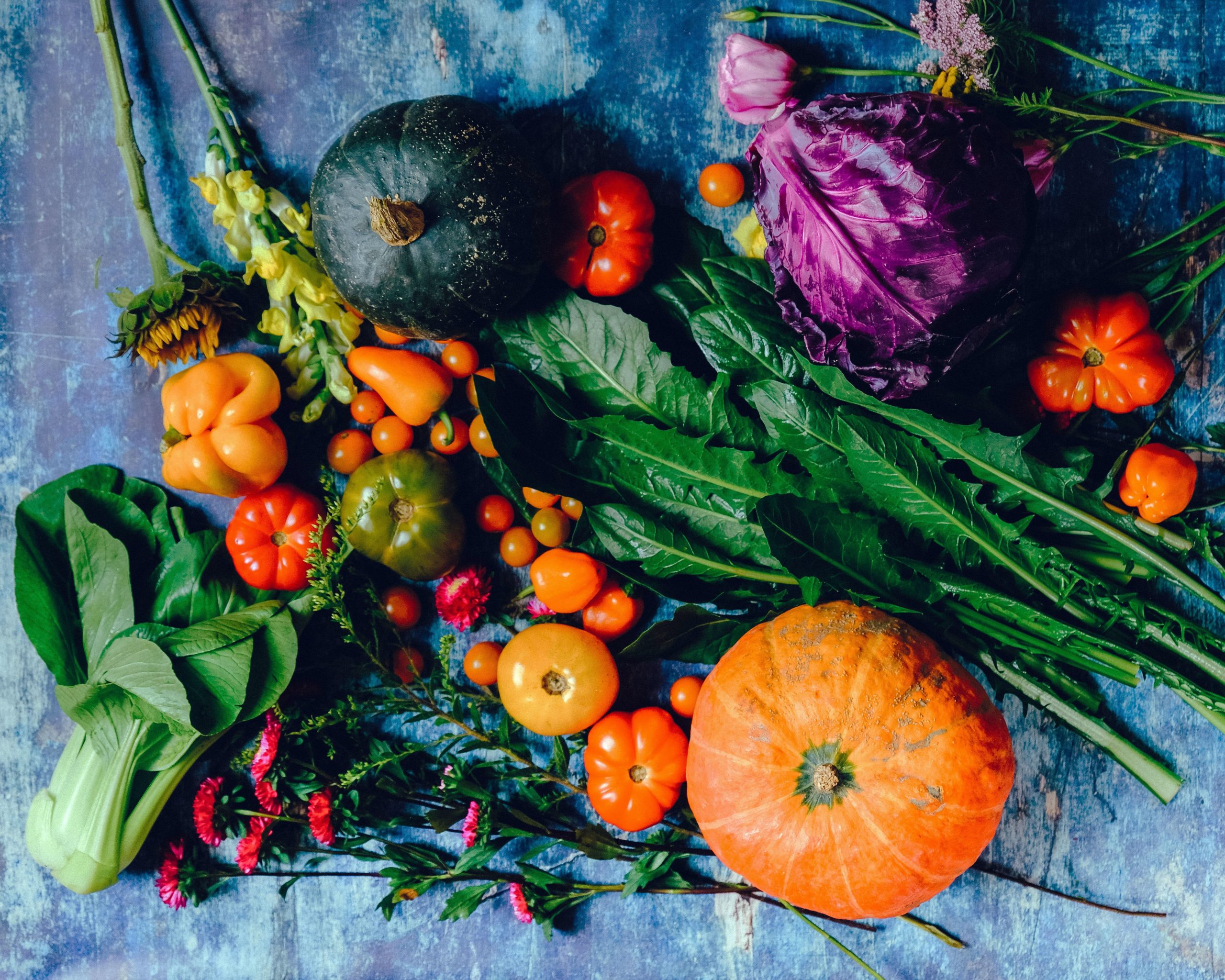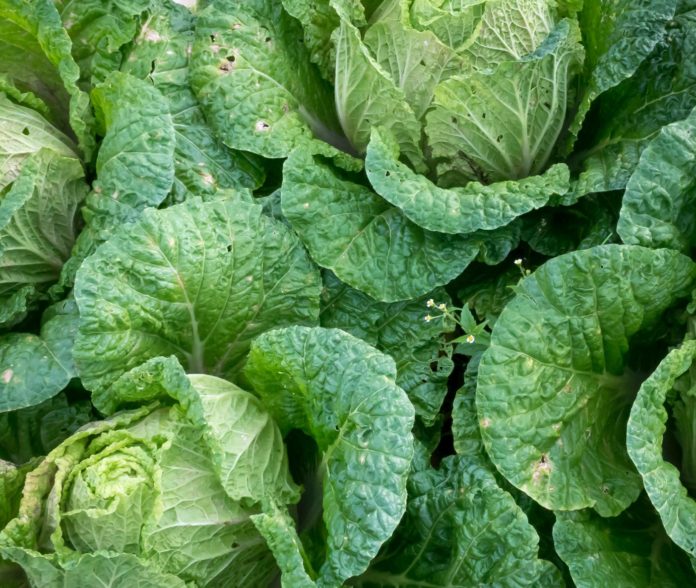|
Getting your Trinity Audio player ready...
|
By Roseleen Nzioka
Have you ever been hungry? I mean really hungry to a point of death?
Maybe not. And maybe you can’t even imagine what it feels like starving to death. And yet fellow human beings around the world are starving to death every minute in a world where there is enough for everyone’s need but not everyone’s greed.
A report by Oxfam released in July 2021 says that as many as 11 people are likely dying of hunger and malnutrition each minute. This is more than the current global death rate of Covid 19, which is said to be seven people per minute.
The report, “The Hunger Virus Multiplies” points to conflict as the primary cause of hunger since the pandemic began, pushing over half a million people into famine-like conditions.
The Oxfam report corroborates the Food and Agriculture Organization (FAO) of the United Nations which in 2020 said that a staggering 768 million people suffered from hunger and undernourishment globally. FAO projects that the numbers will rise further as a result of the global economic crisis triggered by Covid 19, extreme weather events, and conflicts.
A 2021 Fact Sheet by Heinrich Boll Stiftung and Think Tank for Sustainability (TMG), “Power, Poverty, Hunger: Food System Facts 2021” posits that hunger and malnutrition are not accidental by-products of our food systems but rather are the direct consequences of injustice, instability, and poverty.
The Fact sheet posits that for real transformation in our food systems, we must address the social and political causes of hunger and malnutrition.
The Right to Adequate Food is a human right as recognized and endorsed by 171 nations of the world and further by specific countries in their internal laws recognizing that all people have the right to not only be free from hunger but crucially access adequate food of sufficient quality.
The huge task of ensuring that relevant global targets on ending hunger such as the Sustainable Development Goals (Goal number 2 out of 17 interlinked Goals) as well as country-specific goals such as the Right to Food enshrined in the 2010 Constitution of Kenya require all hands on deck to ensure that systemic barriers are overcome in order to achieve the goals.
The SDGs were set up in 2015 by the United Nations General Assembly and are intended to be achieved by the year 2030. If figures recorded by various stakeholders are anything to go by, the number of people affected by hunger will surpass 840 million by 2030.
In addition, the UN projects that there will be an additional 2 billion people in the world by 2050 giving urgency to the need for profound action and implementation of a transformed global food and agricultural system.
The 2010 constitution of Kenya explicitly provides for this right for all Kenyans. Article 43 (1) (c) of the constitution states clearly, “every Kenyan has the right to be free from hunger and to have adequate food of acceptable quality.”
It is instructive to note that “having all hands on deck” refers to those actors who promote farming schemes that are ecologically sound. This point was brought home to a select group of journalists who in September this year, participated in a virtual training on Agroecology and the Right to Food Initiative.
Dr. Martin Oulu, the trainer and an expert on Agroecology and Sustainable Food Systems told journalists that agroecological farming has proven as the only sustainable way to end hunger, fight poverty and combat the impact of climate change.
A partner in the training, Layla Liebetrau who is the Project Lead of the organization, Route to Food Initiative, an organization that works towards realizing the human right to food in Kenya, said that to mitigate the impacts of pesticide exposure on human and animal health and the environment, we need to promote safer alternatives to pesticides and chemicals among farmers.
Liebetrau said that farming methods based on the use of pesticides and chemical fertilizers have shown their ecological limits and inability to benefit the poorest farmers.
Route to Food is highly active on social media platforms constantly challenging contemporary systemic barriers to food security as evidenced in this recent tweet: Route to Food (@routetofood) | Twitter,https://twitter.com › routetofood.
The latest Tweets from Route to Food (@routetofood). We stand for the Right to Food. We stand against the politics of hunger. Where do you stand?

Dr. Oulu said that FAO developed 10 elements to capture the essence of agroecology as follows: Diversity; Synergies; Efficiency; Resilience; Recycling; Co-creation and sharing of knowledge; Human and social values; Culture and Food Traditions; Responsible governance; Circular and solidarity economy. These elements are interlinked and interdependent.
Further to the 10 elements, are 13 principles of agroecology that complement the elements but are more explicit in articulating requirements of soil and animal health and distinguishing between biodiversity and economic diversification.
The 13 principles are Recycling; Input reduction; Soil health; Animal health; Biodiversity, Synergy; Economic diversification; Co-creation of knowledge; Social values and diets; Fairness; Connectivity; Land and Natural resources governance; Participation.
The 10 elements are broad concepts open to variable interpretation useful for identifying entry points for agroecological transitions while the 13 principles are explicit statements useful as the basis for analysis and to guide decisions and action.
The transformation of global food systems is central to achieving sustainable agricultural production processes. In this endeavor, the role of smallholder farmers cannot be ignored considering that the majority of poor people in the world live in rural areas and make their living from farming.
According to FAO, if current rates of greenhouse gases emissions are maintained, there will be a 17% decline in the production of four major cereal crops that provide the staple food for billions of people globally namely; (coarse grains, oilseeds, wheat, and rice) by 2050.
In his first report to the UN Human Rights Council, the Special Rapporteur on the Right to Food, Michael Fakhri implored that discussions around agroecology predominate at the UN Food Systems Food Summit that was held in September this year in New York.
Fakhri’s predecessor Olivier De Schutter ten years earlier similarly called for a fundamental shift towards agroecology as a way for countries to feed themselves while addressing climate and poverty challenges.
Schutter’s report, “Agroecology and the right to food” presented before the UN Human Rights Council posited that a review of scientific literature had shown that agroecology, “if sufficiently supported, can double food production in entire regions in 10 years.”
In regard to the participation of women in the transformation of agricultural production, Dr. Oulu noted that women face a number of obstacles which include poor access to capital and land and low participation in decision-making. In essence, agroecology can benefit women because it is they who encounter the most challenges in accessing external inputs and subsidies. It is therefore imperative that affirmative action for women farmers be implemented.
In Kenya, women provide 80% of farm labor and manage 40% of the country’s smallholder farms, yet they own only roughly 1% of agricultural land and receive just 10% of the available credit. The right of women to land and property is central to participating in economic life, producing food, and earning an income.
For decades, women’s rights activists around the world have been calling attention to the dramatic inequalities and injustices, which characterize women’s access to land and lobbying for rights-based approaches in overcoming challenges faced by women.
Roseleen Nzioka is a media consultant and a freelance journalist based in Nairobi, Kenya.














